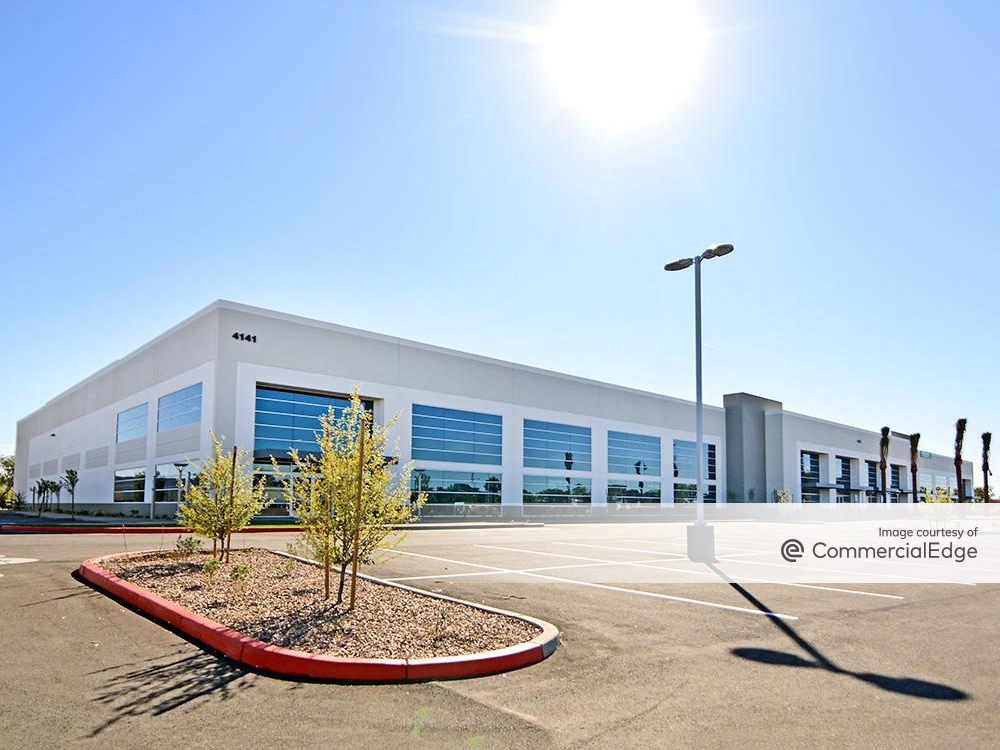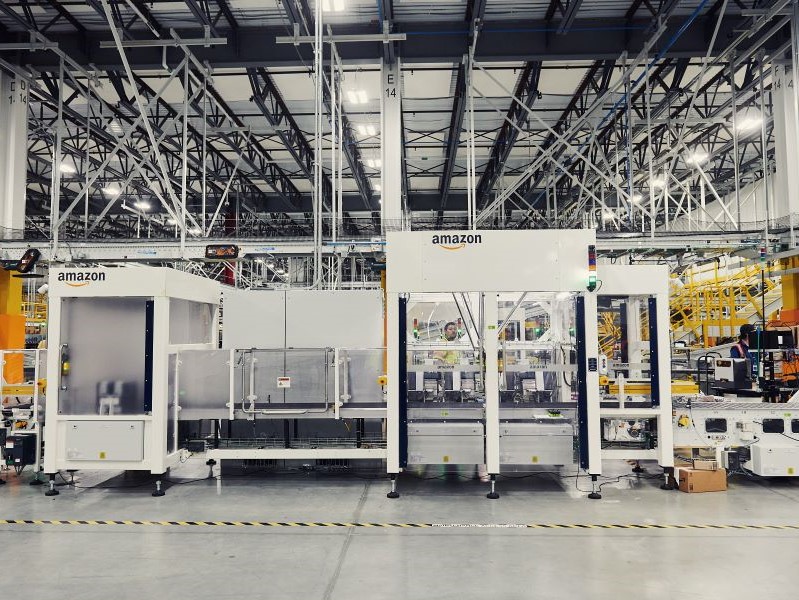The IoT and Energy Management’s New Era
Yardi Energy's Christy Cannon sheds light on the opportunities and challenges offered by the Internet of Things.
By Paul Rosta
Despite offering vast potential for energy efficiency, artificial intelligence and the Internet of Things generate widely divergent views among commercial real estate professionals. In the first part of a special two-part interview, Yardi Energy’s Christy Cannon takes stock of how the IoT and AI are shaping property operations. She also sheds light on security, scalability and other key issues.
What’s your take on the role of the Internet of Things and artificial intelligence in energy operations?
By 2008, there were already more IoT devices than people on the planet, and that growth is continuing exponentially. It fits nicely with cloud computing and artificial intelligence like a fine wine, cheese, and fruit plate. It doesn’t hurt that the cost of these little devices has decreased substantially over the years, and that the evolution of artificial intelligence utilizing IoT has enabled a building operator to efficiently balance comfort with energy and utilize space like never before.
So why isn’t everyone buying into the IoT?
I attended a PRSM webinar just last week with a lot of building managers and owners where 100 percent of the attendees basically cited “sick to death of being hounded by IoT solutions” as their main reason for not pursuing IoT projects. That’s a bit like saying, “I’m tired of seeing those holiday car commercials with the giant bows, so I’m not going to buy a car, even though I need a way to get to work.”
To be fair, though, I get it. I understand their emotional response to IoT, and there are probably some feelings of intimidation, as well. I’ve also heard about companies being promised the rainbow with all the problems IoT devices would solve, and so when those great savings didn’t come to fruition, more than just capital was lost.
And as if that doesn’t provide enough incentive to throw your hands up, there are a lot of fly-by-night IoT companies that are here today and gone tomorrow, leaving companies with orphan technology. I would say the biggest hurdle is inertia, though—the mindset of “If it ain’t broke, don’t fix it.” After all, why should a facility manager care about IoT when virtually all existing buildings operate just fine without it?
On the flip side, I also see the professionals who do the heavy lifting day in and day out genuinely excited about IoT, and specifically what’s in it for them. It’s like giving them a superhero cape. For the facility manager, IoT devices help them perform predictive maintenance and optimize HVAC, which not only reduces the number of comfort calls they have to deal with, but also reduces repair and maintenance costs, and extends the life of expensive HVAC equipment. For the energy manager, it’s viewing utility consumption in real time. Now you can manage peak electric demand and literally save 20 percent or more off your unregulated utility bill. Or identify that water leak in real time and literally save the day.
And how about building managers themselves?
For building managers, the appeal is a little different, as you would expect. It’s about being competitive and operating buildings in a way that provides the greatest benefit to the building owner. When you have low-cost devices that can reduce operating costs, increase NOI, and ultimately increase property value, that’s a pretty compelling reason to embrace IoT.
That rationale is all about the bottom line. But let’s not forget who owners and managers are serving: tenants. For our retail clients, there is a not-so-subtle pressure to provide space that helps their tenants cultivate an image of environmental stewardship. A Nielsen study found that three out of four Millennials reported making purchasing decisions based on a company’s image of being committed to positive social and environmental impacts. And we know that tenants of all generations are willing to pay more for a green space. Now we’re getting into the side benefits of IoT that are a little harder to quantify, but still benefit the bottom line.
What are the top issues related to the IoT and energy operations today? Which concerns tend to come up most often in conversations with your clients?
Once you get past the emotional hurdles and past bad experiences, and understand IoT value, I would say the top concerns are price first, security second, and network strain third. Obviously the ROI is going to rule the day when it comes to greenlighting most projects. But with utility incentives, credible savings calculations and flexible pricing models, that’s usually something easily overcome. Security and network congestion can be longer conversations. Generally, the IoT architecture today looks something like a wheel with hundreds or thousands of spokes, each spoke representing an IoT device.
There are obvious scalability concerns and also legitimate security risks; each spoke is a pathway to the single wheel hub. Hack into the wheel hub, and you can take down or control all the spokes. Network traffic congestion is a legitimate concern, as well. All the data generated by these IoT devices has to go somewhere, usually to a centralized cloud-based data center. Right now it’s manageable. However, as more and more devices are installed, a new kind platform may be required. It’s obviously something we’re keeping our eye on.
From a practical perspective, to what extent are there challenges to getting different system components to talk with one another, so to speak? Is there anything new out there to help integrate the pieces?
When it comes to IoT communication protocols, there is a wide choice of connectivity options for these little devices to talk with each other: WiFi, Bluetooth, ZigBee, Z-Wave, 6LowPAN, Thread, NFC, Sigfox, Neul, MQTT, CoAP, LoRaWAN, and 2G/3G/4G cellular. I’m sure there are more I haven’t listed. However, where you are installing these devices will dictate which one to use.
Installing smart thermostats in a 100-year-old building with solid rock walls is very different from installing those same devices in a new PetSmart store with drop ceilings and sheetrock. You have to take into account different factors like the range of communication, building construction, data requirements, security, power source, and battery life. A single building with IoT devices will likely be using more than one communication protocol. That’s the nature of the beast.
Just as there are multiple ways these devices talk with each other, there are multiple network structures for these devices to get their data to software that can use it. One example uses a gateway, which is a central hub that collects data from the IoT devices and can send that data to a centralized data center.
Another example is an IoT device that can communicate directly with the data center, usually via WiFi or ethernet. Yardi’s Central Control smart thermostats use both. One version connects directly to the Yardi Cloud, whereas another version connects to a gateway first, which can also be connected to other IoT devices like lights and locks. Basically, where there’s a will, there’s a way.
And how about scalability as it relates to artificial intelligence and the IOT?
Artificial intelligence takes all the big data our buildings collect from IoT devices, building automation systems, submeters, and learns how to predict future outcomes or make decisions based on the best available options. Computers can process a tremendous amount of information in the blink of an eye. And they have to, because all these IoT devices are generating a lot of big data. The general consensus at the 2018 World Energy Engineering Congress was that AI is fueling the fourth industrial revolution. There is virtually no aspect of energy that AI won’t influence, especially demand management. But as AI becomes more sophisticated, it demands more data.
Humans spend a lot of time in buildings. Consider all the factors that contribute to a building’s comfort: the building envelope (insulation, window type, etc.), environmental conditions (humidity, direct sunlight, outdoor temperature, for instance), occupancy (humans create a lot of heat but only at certain times of the day), and the ability of a building’s mechanical systems to balance all these factors with the desired space temperature, light levels, and air flow.
IoT devices are feeding all the data into a central hub that runs AI. The good news is that AI can learn the cause and effect between it all to make decisions that not only ensure the next five minutes are comfortable, but also the next five hours…using the least amount of energy. The bad news is that this data-hungry technology has to store its memory somewhere. Ideally, that storage is secure.
You mention security. What should industry practitioners keep in mind as they implement or improve today’s integrated energy management systems?
Think about your coffee maker connected to your home network. A hacker can literally enter into your home network through your coffee maker and access any other connected device which could provide access to bank accounts, credit card account credentials and other personal information. Same thing with your security cameras. Now we’re getting into very creepy territory.
You may believe your corporate IT security is much better than your home security— it was probably designed, installed, and is managed by professionals who eat, drink, and sleep how to prevent internet cyber-attacks. It no doubt is much better. But what if only 99.9% is secure, and there’s that one device that isn’t? That’s all it takes. Security is a very scary and very real concern.
There are several points of risk that should be discussed and addressed. The first one we’ll talk about is device security. Let’s take the Central Control thermostat I mentioned a little earlier. This device initiates the communication channel with our cloud, instead of the other way around. In other words, nothing can hack into Central Control. The communication channel invitation is always issued one-way from the controller to the cloud, security credentials are verified, then two-way communication is opened. The design makes it inherently secure.
All of that is in addition to network security features you’d expect, like SSL password authentication and connection encryption on the device. Protecting data while it is transported from device to cloud and back is critical. And then there is server security to protect the stored data. Here you want encryption, anti-virus, anti-malware, anti-everything, redundant backups, and possibly Sarbanes Oxley-compliant controls.
But the most important piece is that everyone in your organization knows the processes and protocols and follows them. Required annual or semi-annual security protocol training, whether it’s online or live, is highly recommended. Yardi is a consultant that does this. It’s vital to remember that your security is only as good as the weakest link in your armor. All the best security from a technology perspective does no good if someone drops a piece of paper with account credentials in the mall parking lot.
Christy Cannon is an account executive at Yardi Energy and holds the Certified Energy Manager (CEM) designation from the Association of Energy Engineers.
Coming in December: Perspectives on IoT and AI solutions, what’s next for energy management, and more.








You must be logged in to post a comment.